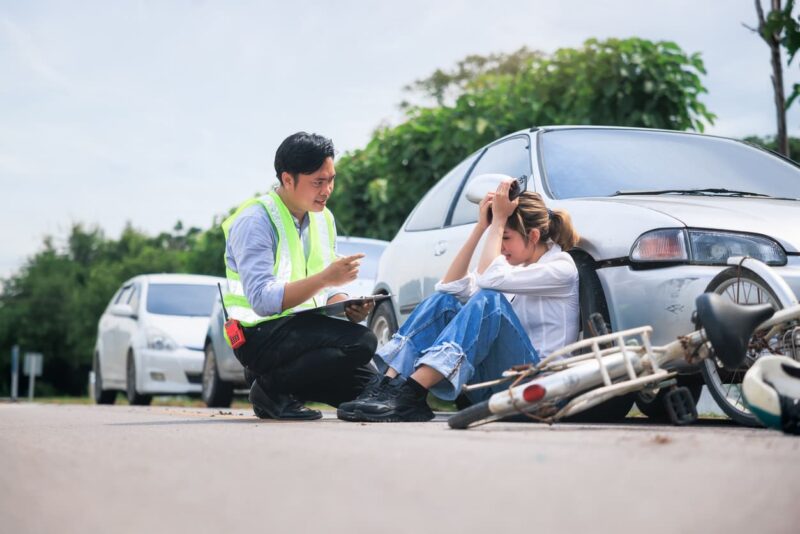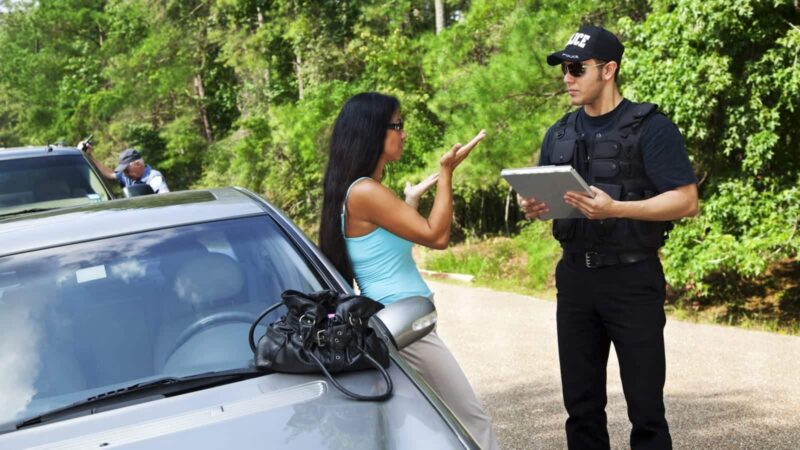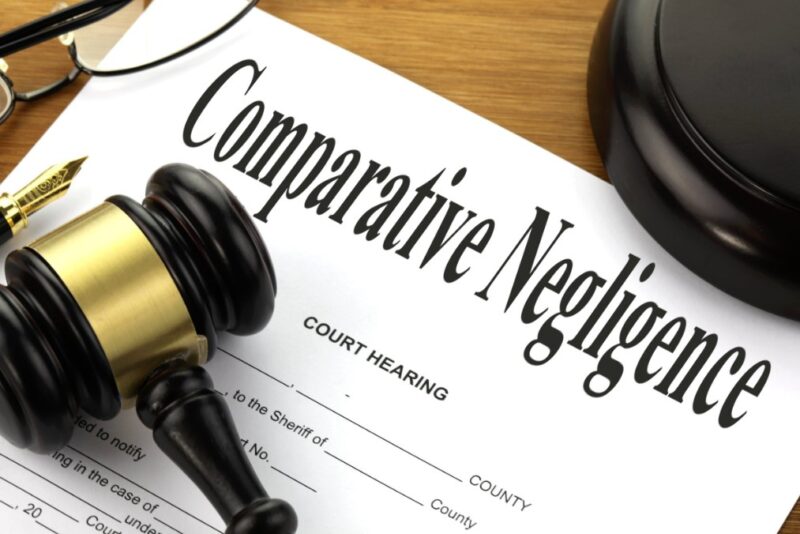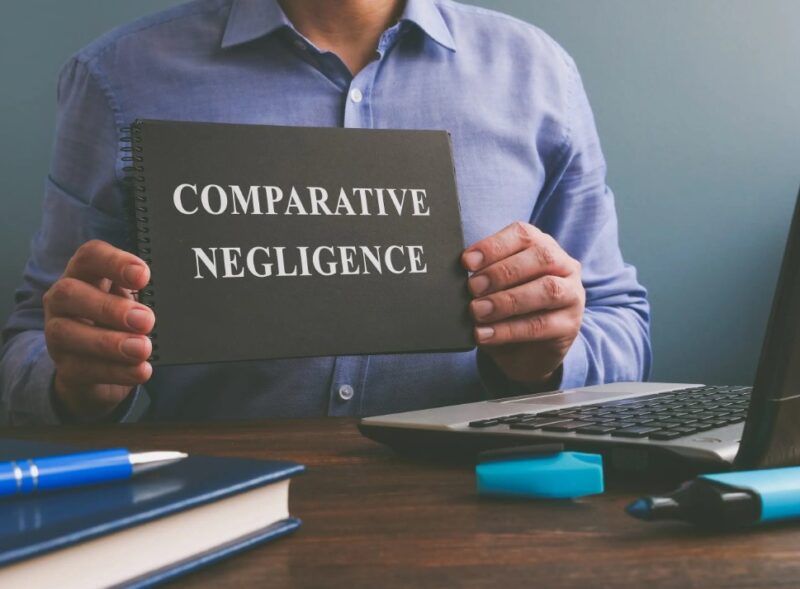Let’s say you’re driving through Murrells Inlet on a sunny afternoon, heading to meet friends for lunch. Out of nowhere, another car pulls out without yielding, and a crash follows. You’re shaken, hurt, and now facing a pile of medical bills. As if that’s not enough, you’re told that because you were slightly speeding, your injury claim could be affected.
Sound familiar? That’s where the concept of comparative negligence comes into play. It might sound like legal mumbo jumbo, but understanding it can make a big difference in your injury case and, potentially, in your compensation.
Let’s break it down together.
What is Comparative Negligence?
In simple terms, comparative negligence is a legal rule used to figure out who is at fault in an accident and how much each party is responsible. When you file a personal injury claim, the insurance company or court doesn’t just look at what the other party did wrong. They also look at your role in the accident, if any.
The idea is fairness. If both parties share some blame, then the compensation gets adjusted based on each person’s level of fault.
For example, if you’re found to be 20% at fault and the other driver is 80% at fault, your compensation could be reduced by 20%.
South Carolina Follows Modified Comparative Negligence
Here in South Carolina including Murrells Inlet and surrounding areas—we follow a modified comparative negligence rule. This is important because it sets the standard for how much fault you can have and still recover damages.
Under this rule, you can only recover compensation if you’re less than 51% at fault. If you’re 51% or more responsible, you’re out of luck you won’t be able to collect anything.
Let’s say your damages total $50,000, and you’re found to be 30% at fault. You’d still be able to recover $35,000 (which is 70% of the total). But if you were found to be 55% at fault? You wouldn’t get anything.
Real-Life Example ─ How It Works

Imagine Sarah is walking across a parking lot in Murrells Inlet when a driver backs out without looking and hits her. The driver clearly wasn’t paying attention, but it turns out Sarah was texting and didn’t see the car coming.
The court decided the driver was 75% at fault, and Sarah was 25% responsible for not paying attention. If Sarah’s damages were $40,000, she would receive $30,000 after the 25% reduction.
Seems fair, right? That’s the whole point of comparative negligence.
Why Does Comparative Negligence Matter to You?
If you’ve been injured in an accident, whether it’s a car crash, slip and fall, or something else—the other party’s insurance company will often try to shift as much blame as possible onto you. Why? Because the more fault they can pin on you, the less they have to pay.
That’s why it’s crucial to understand how comparative negligence works. Even if you think you may have made a mistake, like glancing at your phone or missing a crosswalk, it doesn’t necessarily mean you’re out of options. But it does mean your case might be a little more complicated.
Common Scenarios Where Comparative Negligence Comes Into Play
Here are a few everyday situations where this rule can make a difference:
1. Car Accidents
These are the most common. If both drivers were doing something wrong, say one was speeding and the other ran a red light fault gets divided.
2. Slip and Falls
Let’s say you slip in a grocery store. If there was a clear spill with no warning sign, the store may be at fault. But if you were running or distracted at the time, some fault could be assigned to you.
3. Pedestrian Accidents
Pedestrians generally have the right of way, but if they cross the street outside of a crosswalk or while distracted, they could be found partially at fault in an accident.
How is Fault Determined?

Assigning fault isn’t just guesswork. It involves looking at:
- Police reports
- Witness statements
- Surveillance footage
- Accident reconstruction experts
- Medical records
An insurance adjuster or court will piece all this together to decide who’s responsible, and by how much. This process can take time and may involve a lot of back and forth, especially if fault isn’t clear-cut.
The Role of Evidence
One of the best things you can do after an accident is gather as much evidence as possible. This helps paint a clearer picture of what really happened and protect your rights.
Here’s what you should try to collect if you’re physically able:
- Photos of the scene, injuries, and property damage
- Contact info for any witnesses
- A copy of the police report
- Medical treatment records
Even small details like what you were wearing, the lighting conditions, or the weather can be helpful in determining fault.
What You Say Matters
Be careful about what you say after an accident. Statements like “I’m sorry” or “I didn’t see you” can be used against you to suggest you were partially to blame. It’s natural to want to be polite, but it’s better to stick to the facts until you’ve spoken with a lawyer, click here.
How a Personal Injury Attorney Can Help

Navigating a personal injury claim is stressful enough without trying to figure out legal terms like comparative negligence. A skilled attorney can help you:
- Investigate the accident thoroughly
- Build a strong case to reduce your percentage of fault
- Handle negotiations with insurance companies
- Make sure you’re not being unfairly blamed
In many cases, people don’t realize they’re entitled to more compensation than they’re being offered—especially if they’re unaware of how the fault is being assigned.
If you’re in the Murrells Inlet area and unsure where you stand after an accident, speaking with a local personal injury attorney can give you peace of mind and guidance for your next steps.
Don’t Let Shared Fault Stop You
It’s easy to feel discouraged if you think you played a small role in the accident. But remember, comparative negligence is designed to give everyone a fair shake. Just because you made a minor mistake doesn’t mean you should carry the full burden.
You might still be entitled to compensation for:
- Medical bills
- Lost wages
- Pain and suffering
- Property damage
- Long-term care or rehab
Every situation is unique, and even a small difference in how fault is assigned can significantly impact your outcome.

Conclusion
Comparative negligence might not be something you think about every day, but if you’ve been injured due to someone else’s negligence in Murrells Inlet, it’s worth understanding.
It’s a rule designed to balance responsibility, and while it can reduce your compensation, it doesn’t necessarily eliminate your chances of recovering what you’re owed. The key is knowing your rights, gathering evidence, and having someone in your corner who knows how to fight for a fair outcome.
So, if you’re dealing with an injury claim and wondering how your own actions might affect things, don’t assume the worst. Get the facts, ask questions, and don’t be afraid to reach out for legal help.

